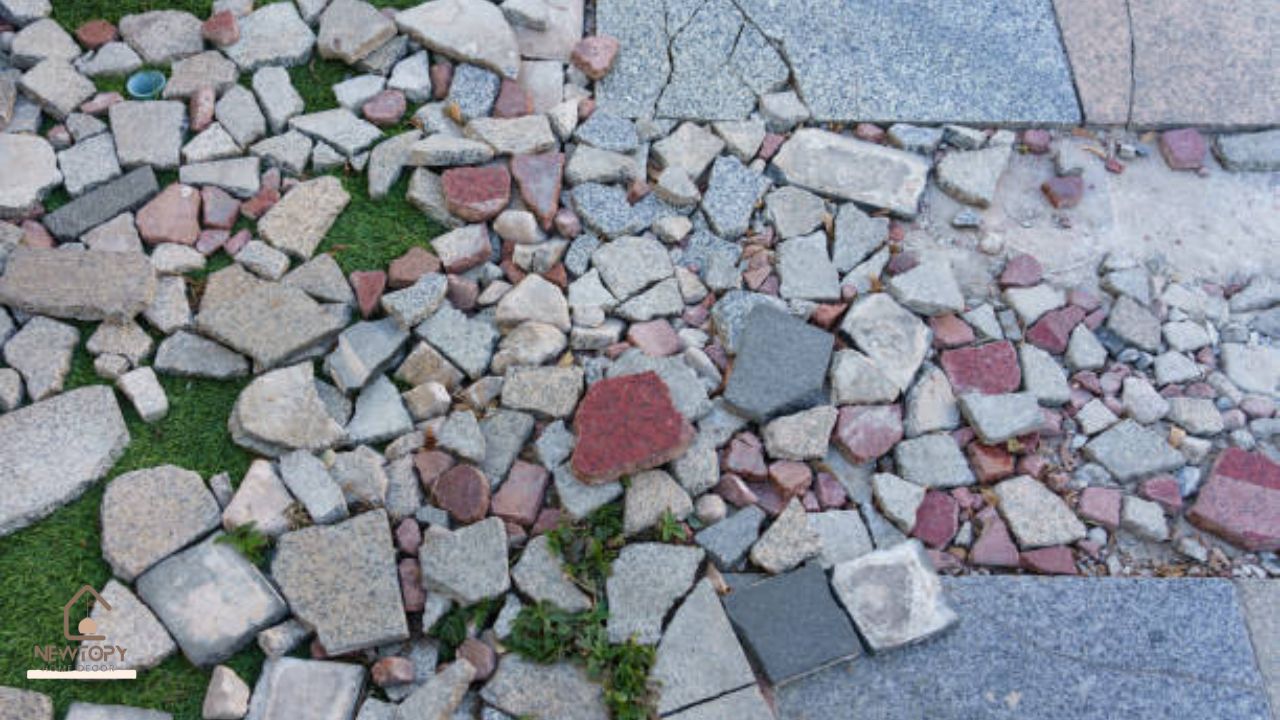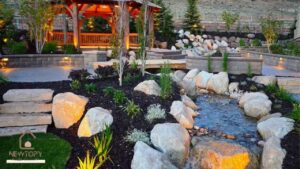Creating an inviting and functional outdoor environment doesn’t have to cost a fortune. If you’re searching for a stylish, durable, and cost-effective solution, a decomposed granite landscape might just be the answer. This versatile material offers both form and function, blending seamlessly into any landscaping project while providing excellent durability. Curious to learn more? Read on for everything you need to know to incorporate this landscape trend into your own space.
Quick Overview of Decomposed Granite (DG)
| Feature | Details |
|---|---|
| Material Origin | Crushed granitic rock, breaking down into sandy, gravel-like textures |
| Colour Options | Natural tones (gold, tan, grey, and shades of red) |
| Typical Cost | £40–£70 per ton, depending on region and quality |
| Best Uses | Pathways, patios, garden beds, driveways, and xeriscaping |
| Lifespan | 7–10 years with proper maintenance |
| Maintenance | Occasional re-tamping and clearing debris needed |
This summary provides a snapshot of what makes decomposed granite such a popular choice!
What Is Decomposed Granite and Why Use It?

Decomposed granite is a natural derivative of granite rock. Over time, larger granite rocks erode into smaller, sandy particles that are easy to work with. Its compactable nature makes it ideal for creating smooth, stable surfaces, lending a polished yet organic feel to your landscape.
Why Should You Choose a Decomposed Granite Landscape?
- Budget-Friendly
With materials and installation generally costing less than alternatives like pavers or concrete, decomposed granite is perfect for cost-conscious homeowners.
- Design Versatility
It complements a variety of styles—from cottage gardens to modern minimalism. The array of natural tones also makes DG easy to coordinate with any outdoor aesthetic.
- Eco-Friendly Solution
Unlike concrete or asphalt, decomposed granite allows for water permeability, reducing runoff and supporting local ecosystems.
- Low Maintenance
Once installed, it only requires occasional care, such as refreshing the surface layer or filling in compacted areas.
Example
Imagine walking through a quaint backyard where pathways lined with trees, shrubs, and vines are bordered by warm, golden decomposed granite. Not only does the space feel naturally beautiful but actively encourages water drainage, supporting the plants along the way.
“Our backyard transformation was game-changing! Installing decomposed granite instantly upped the charm and functionality of our garden. It fits beautifully among the tropical plants and rustic stone accents.” – Jane S., Surrey
How to Use Decomposed Granite in Landscaping

1. For Pathways
Decomposed granite is a popular choice for walking paths due to its sturdy yet forgiving texture. Start by defining the area with edging to contain the granite, then compact it to create a solid surface.
- Pro Tip: Add stabilisers for high-traffic pathways to reinforce durability.
2. For Patios
Create a cosy, functional patio seating area by laying decomposed granite as the foundation. Pair it with furniture and potted house plants in a Dutch style for an effortlessly chic look.
3. Garden Beds and Borders
Used as a topsoil alternative or ground covering, DG enhances the aesthetic appeal of trees, shrubs, and vines, while keeping weeds at bay.
4. Driveways
Installing stabilised decomposed granite is a sustainable and attractive solution for driveways. Its textured surface provides excellent traction and withstands light vehicle traffic.
Inspiration
Think of an Ibiza villa, surrounded by low-maintenance landscapes framed by luxury interiors and a polished DG driveway – effortlessly blending luxury and minimalism.
Installation and Maintenance
Installing a decomposed granite landscape is straightforward. Here’s a step-by-step guide to help you plan your project.
Installation Steps
- Prepare the Area
Excavate the desired space to remove turf or debris. Level and compact the soil.
- Add a Base Layer
Lay either crushed stone or gravel for drainage, ensuring the foundation is stable.
- Spread DG Evenly
Spread and rake the decomposed granite, keeping a uniform thickness of around 2–3 inches.
- Compact the Granite
Use a roller or tamper to compress the DG into a solid, level surface.
- Apply a Sealant (Optional)
Add a sealant or stabiliser for additional binding strength, especially for patios or driveways.
Maintenance Tips
- Reapply a thin layer every 5–7 years to maintain evenness.
- Sweep or blow off leaves and debris regularly.
- Address compacted or washed-out areas with fresh DG.
Common Questions About Decomposed Granite
Is decomposed granite environmentally friendly?
Yes! Its porous texture promotes water filtration into the ground, minimising runoff. Plus, it’s a natural material without chemicals.
Does decomposed granite crack or shift?
While stabilisers can minimise movement, DG surfaces may naturally erode slightly over time, requiring periodic refreshment.
Can I install decomposed granite myself?
Absolutely! It’s a straightforward process and an excellent DIY project for homeowners with some landscaping experience.
How does it compare to concrete or paving stones?
Both materials are more rigid and permanent, while decomposed granite provides a more natural and versatile aesthetic.
Does decomposed granite work in rainy areas?
It works best in moderate climates but can also perform well in rainy zones if installed with proper drainage.
Why Decomposed Granite Might Be Your Perfect Match
From cost-effectiveness to lasting beauty, choosing a decomposed granite landscape is a smart and stylish way to upgrade your outdoor spaces. Whether you’re envisioning tranquil pathways, lush garden beds, or a rustic patio, the possibilities with DG are endless—and completely customisable to fit your unique needs.
Youthful, affordable, and timeless—what’s not to love?
Admin Recommended
Garden Tips for Decoradhouse: Transform Your Outdoor Space
Garden Tips for Decoradhouse: Transform Your Outdoor Space
Discover the Elegance of Luxury Villas in Italy with Le Collectionist
KDArchitects Landscape Ideas by Roger Morph















